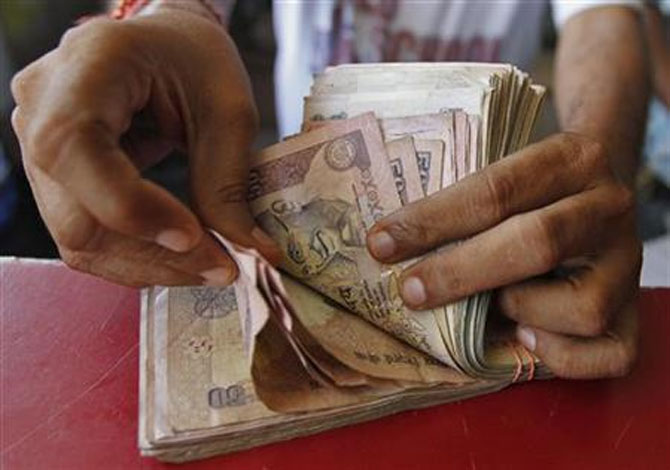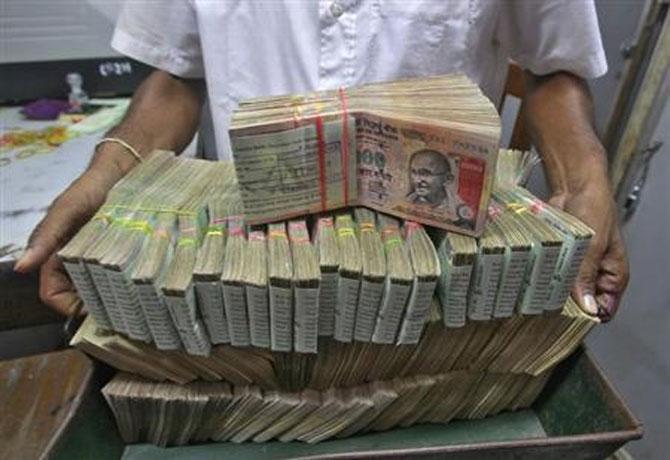
When home loan rates go down, existing home loan borrowers often wish they had delayed their decision to buy the property.
Some even shift lenders when the rate difference becomes substantial.
State Bank of India, the country’s biggest lender, has been advertising its ‘cheapest rate’ and encouraging existing borrowers to shift.
But does shifting always make sense?
At present, both State Bank of India and ICICI bank charge 10.15 per cent for loans up to Rs 75 lakh (Rs 7.5 million).
HDFC charges 10.25 per cent.
The difference: 10 basis points.
. . .

If you borrowed Rs 50 lakh (Rs 5 million) for 15 years, this difference translates into a saving of Rs 308 per month or Rs 3,696 annually.
There are two key things to consider while shifting lender: The cost and process.
While the strong barrier of prepayment penalties in floating rates is no longer there, some banks or housing finance companies will charge a processing fee, which could be a percentage of the loan amount or a flat amount of Rs 5,000-10,000.
Some even ask you to get the property documents checked through a lawyer at your own cost.
There will also be a one-time stamp duty of 0.2 per cent of the loan amount.
. . .

Given the numbers, a difference of 10 bps may not enough for one to shift.
“There would be a case of shifting when the rate difference on a big loan (over Rs 1 crore or Rs 10 million) is 25 bps and 50 bps on a smaller amount.
The remaining tenure remaining of the loan is also an important factor,” says Harsh Roongta, CEO, apnapaisa.com.
A difference of 25 bps and 50 bps translates into an equated monthly installment difference is Rs 768 and Rs 1,540, respectively, for the same loan of Rs 50 lakh (Rs 5 million) for 15 years.
The process: You have to provide several documents.
The new lender seeks two key documents from the borrower -- a letter which details the list of documents that are held by the existing lender and the amount that will be considered full and final payment.
. . .

Also, the borrower has to furnish a no-objection certificate from the builder/society.
The good part is when the borrower approaches the existing lender seeking these documents, the customer retention team often calls back to negotiate.
“If you are a good customer, the existing lender may be quite willing to give the same rate for a fee of 0.25 per cent.
“If that does work out, then it works better because one does not have to go through entire process,” Roongta adds.
Interest rate difference, unless exceptionally high, should not be sole factor in deciding the process.
. . .

Industry players say while it is important, there are a number of other things one has to look at.
For instance, the bank or housing finance company should have the in-house expertise to do the necessary due-diligence of the property.
“Small things like promptness of the lender when you need top-up loans and making necessary documents available on time for claiming tax benefit on home loans are important factors,” says a housing finance company official.
A lower rate sounds tempting but it should be beneficial as well.